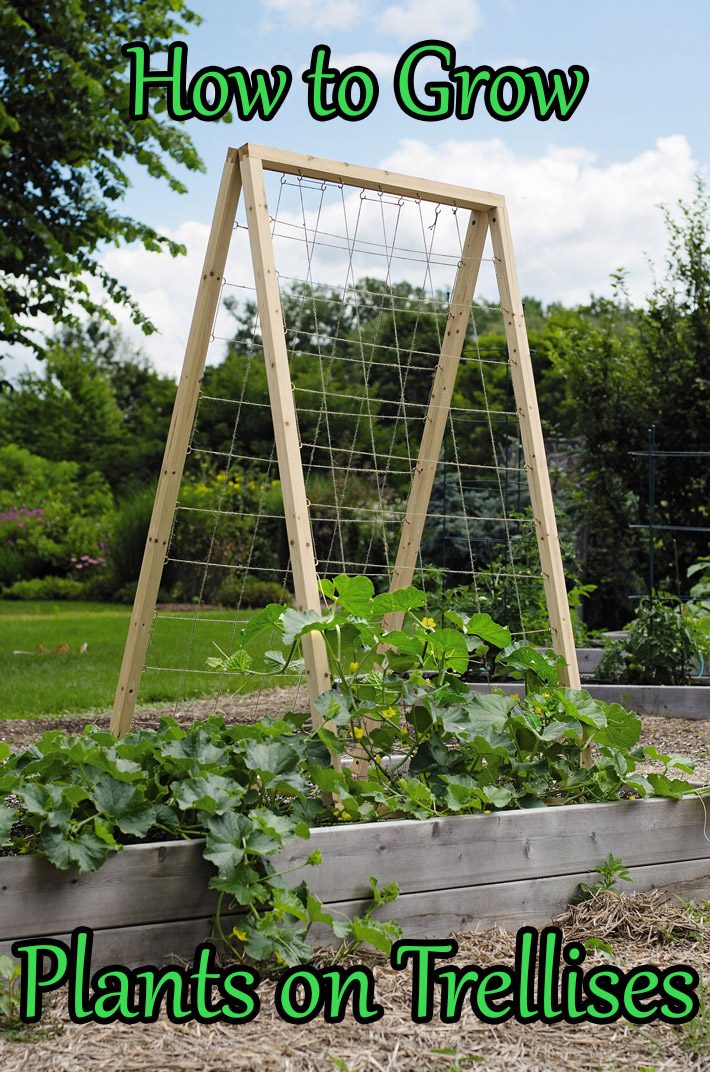
How to Grow Plants on Trellises
There are a number of reasons, both aesthetic and practical, for growing plants on vertical structures.
Tools:
- pruners
Materials:
- trellis
- compost/fertilizer
- plant ties
Determine How Your Vine Climbs
Not all vines can climb all structures, so it’s important to match the plant to the support. Some plants climb by twining around a support. Some use elogated leaf stalks or tendrils to anchor themselves. And some climb by attaching themselves with little adhesive disks. Examine your plant or look up the plant in a reference to determine how it climbs.
Choose a Support
Twining plants, like pole beans, do best on trellises on which the slats or supports are less than 2 inches wide. Plants that climb with tendrils, like sweet peas, need even narrower supports. Plants that climb with adhesive disks, like many ivies, climb best on natural materials, such as wood or stone, rather than shiny vinyl.
Install the Trellis Before Planting
That way, you won’t disturb the root system. Anchor the trellis in the soil and/or against a building so it’s sturdy enough to support the weight of the mature plant.
Plant Your Vine
Set the plant a few inches in front of the trellis. Help the vine find the support by tying it loosely to get it started on its climb.
More Tips
“Climbing” roses don’t actually climb, they simply produce especially long canes that can be attached to a trellis.
Choose evergreen vines for year-round privacy. Use deciduous vines to provide shade in summer but allow the sun to warm the house in winter.
Many vegetables are available in both “bush” types and “vining” types. Bush varieties remain relatively small, so for your vertical garden, choose vining or climbing types.
When planting beans or peas along hog panels or a wooden structure, plant on either side of the trellis to best utilize space. Seed the vegetables approximately 2 inches apart in rows 10 inches wide. Train the young seedlings to grow through the panels or the chicken wire. They’ll naturally cling to the nearest structure, but occasionally a stray plant will flop to the ground if not given a little help.
Many people don’t consider training other vegetables and fruits, such as cucumbers, zucchini or small melons, to grow up a trellis. It’s terribly disappointing to look forward to fresh cantaloupe only to find a rotten spot on the bottom where it sat on the ground. Elevating the fruit above the soil will prevent this, as well as make harvesting and weeding easier. It also keeps them above the reach of hungry slugs.
Twiners
Morning glories, pole beans, honeysuckle and clematis are some of the many plants that twine. There are two important differences among twining plants: they either have twining leaves or twining stems.
Plants with twining leaves, such as clematis, use their leaves like tendrils. The young leaves of these plants are able to twist around slender wires, string, twigs or other leaves. The key is to provide a thin enough support for the leaf stem to curl around. A lattice made of 1-inch wide slats won’t work for leaf twiners.
Twining stems twist around whatever they touch, be it a pole, branch, wire or chair leg. The stems will wind clockwise or counterclockwise, depending on the species of plant.
There are loosely twining stems such as gourds, and strongly twining stems such as thunbergia, wisteria, morning glory, jasmine and Dutchman’s pipe. Some of these twining vines can grow very large and become extremely heavy. Wisteria is famous for pulling down porches and garden structures. If you are planting a perennial vine that will eventually become very large, be sure to provide strong support.

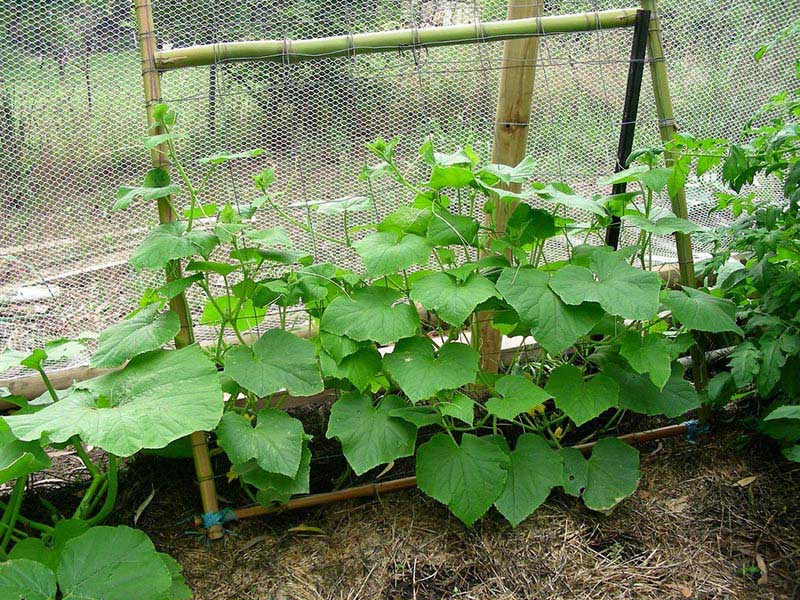
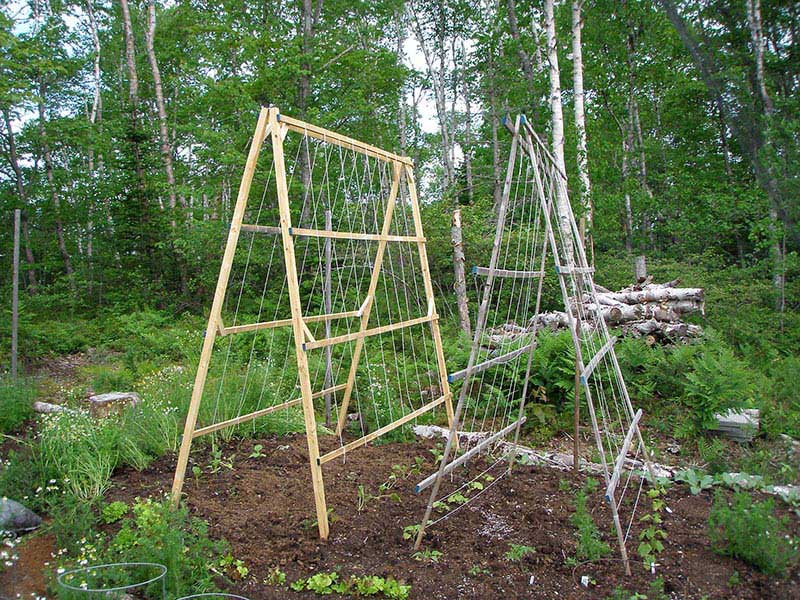
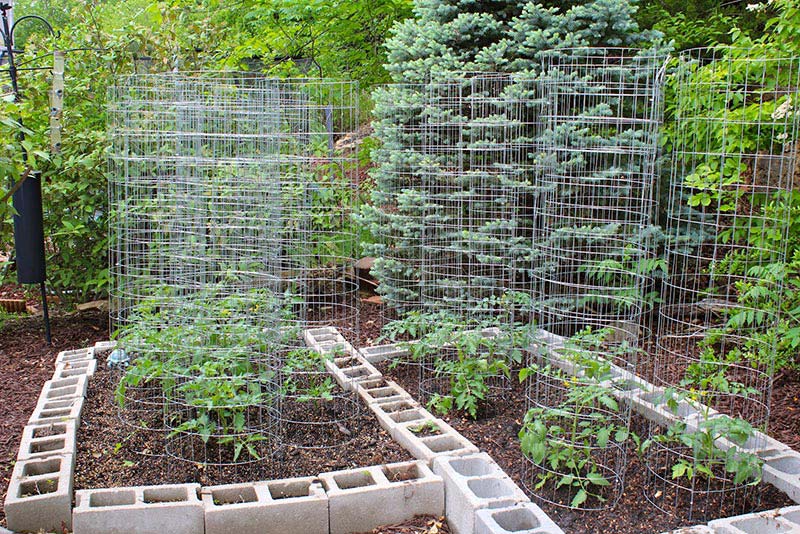
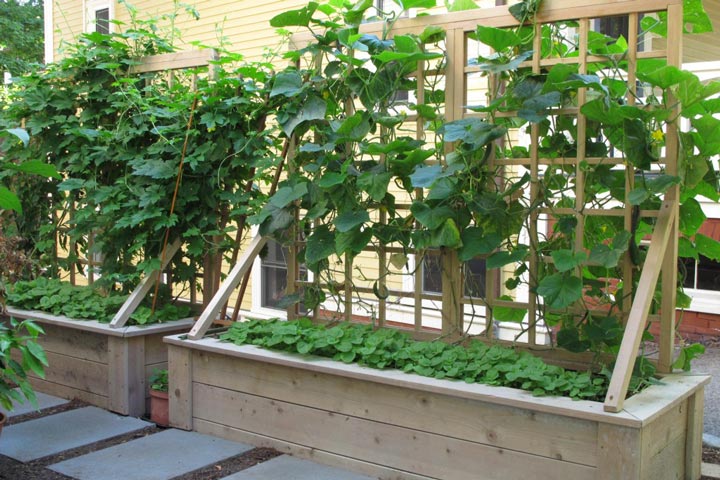
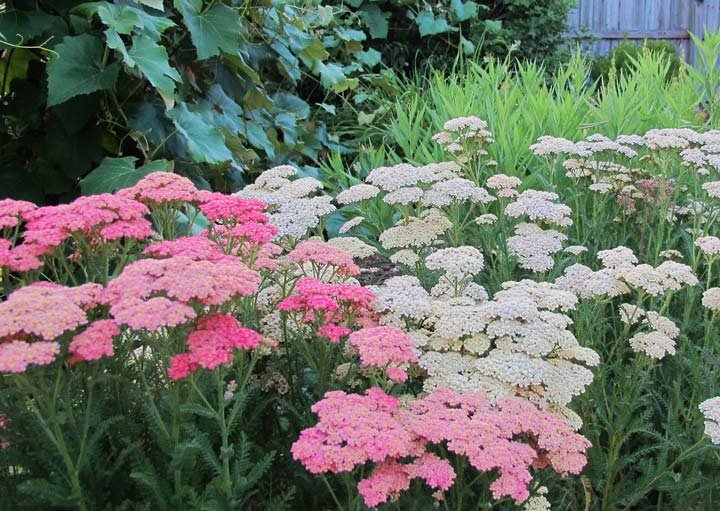

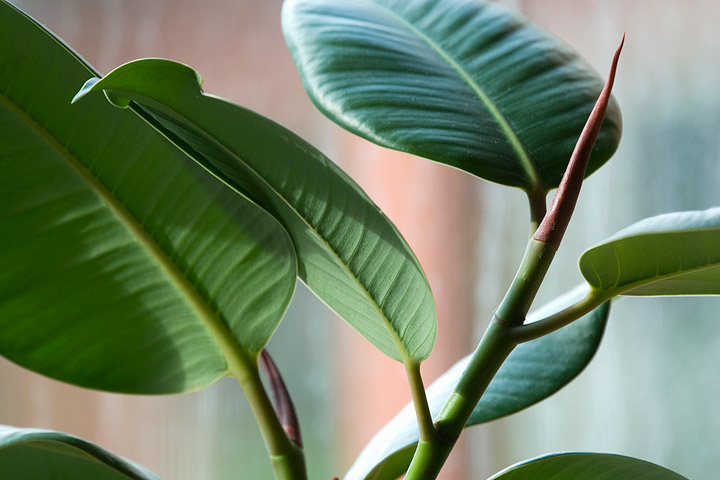
Leave a Reply